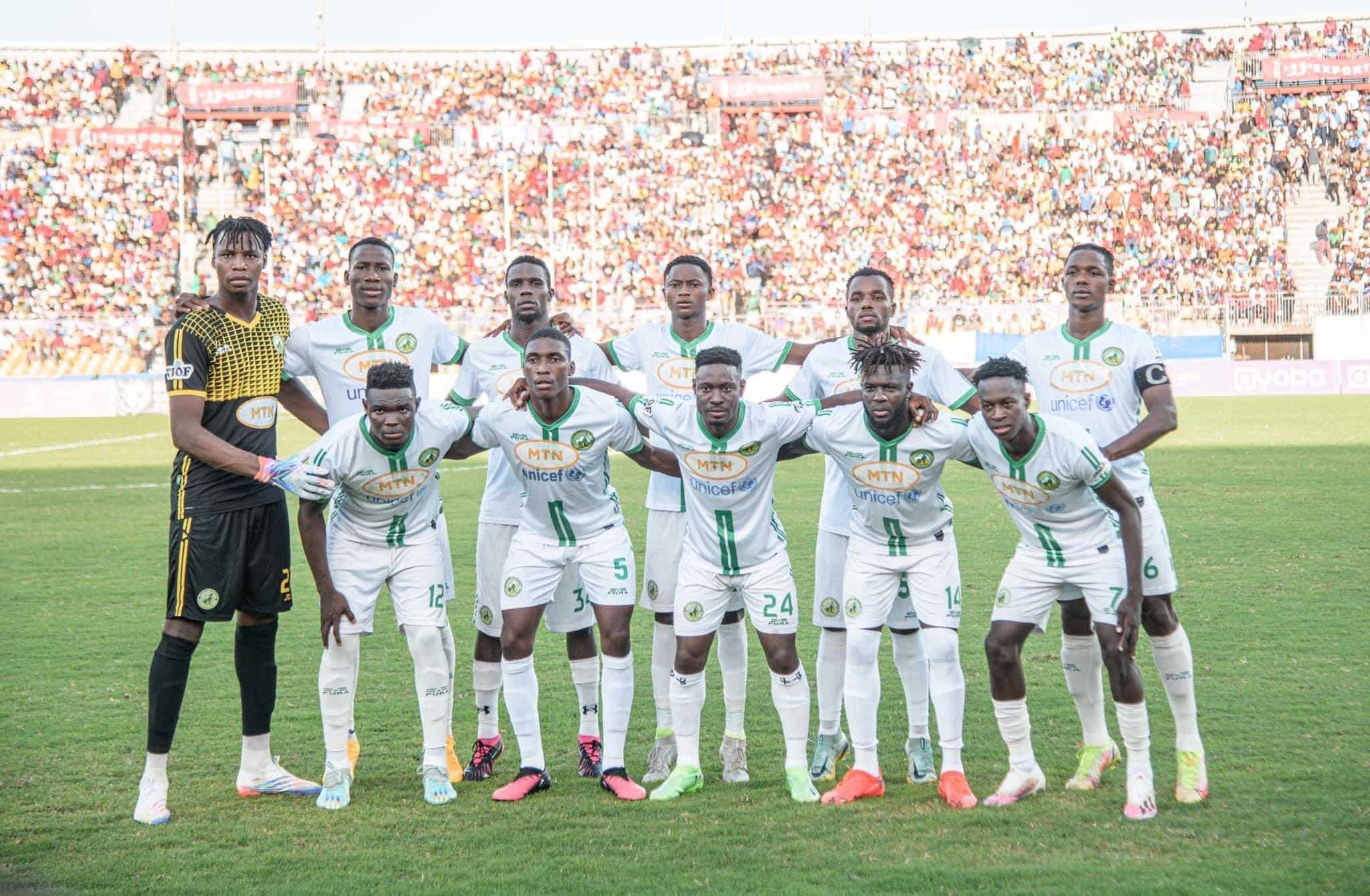From the dusty pitches of local academies to the floodlit arenas of the UEFA Champions League, the path is one of resilience, strategy, and opportunity. This article delves into how Cameroonian players transition from the domestic league to European prominence, with stars like Carlos Baleba, André-Frank Zambo Anguissa, and André Onana serving as prime examples of success.
The Foundations: MTN Elite One as a Launchpad
MTN Elite One, Cameroon’s top-flight league, has long been a breeding ground for footballing talent. While the league may not enjoy the financial muscle of its European counterparts, it has earned a reputation for producing physically gifted and technically skilled players. Clubs like Coton Sport, Canon Yaoundé, and Union Douala have consistently developed players who later shine on bigger stages.
One of the key factors in this transition is the role of local academies and scouting networks. Grassroots academies identify raw talent at an early age, grooming players for professional football. Former stars who have walked the path often return to mentor the next generation, ensuring that the pipeline to Europe remains open.
The European Attraction: Why Elite One Players Are in Demand
European clubs, particularly in France, Belgium, and Portugal, have a long history of recruiting players from Cameroon. The country’s French-speaking ties with Ligue 1 make it a natural stepping stone, with clubs like Lille, Marseille, and Lyon keeping a close eye on emerging talent.
Carlos Baleba, a recent success story, embodies this transition perfectly. The young midfielder honed his skills at École de Football des Brasseries du Cameroun before earning a move to Lille, where his performances quickly caught the attention of top European scouts. His ability to adapt to the tactical and physical demands of elite European football underscores the effectiveness of Cameroon’s talent development system.
Similarly, André-Frank Zambo Anguissa’s journey from Coton Sport to Marseille and later to Napoli exemplifies how the right moves, combined with dedication and perseverance, can lead to success at the highest levels. Today, he is a key figure in Napoli’s midfield, playing an essential role in their Serie A triumph and Champions League campaigns.
André Onana, another remarkable product of Cameroon’s footballing ecosystem, took a different route. Trained at the Samuel Eto'o Academy, he moved to Barcelona’s youth system before establishing himself as a top goalkeeper at Ajax. His performances in the Eredivisie and Champions League eventually earned him moves to Inter Milan and Manchester United, where he continues to showcase his exceptional shot-stopping abilities.
Challenges Along the Way
The transition from MTN Elite One to Europe is far from easy. Many players face significant obstacles, including cultural adjustments, tactical shifts, and competition for playing time. Language barriers and homesickness are common struggles, but those who persevere often find themselves reaping the rewards.
Moreover, the presence of unscrupulous agents and false promises has led to cases where talented players end up stranded in unfamiliar territories with no club to play for. Proper guidance and well-structured transfers are crucial to ensuring that young talents avoid such pitfalls.
The Future of Cameroonian Talent in Europe
With continued investment in youth development and better structuring of domestic football, the pathway to Europe for Cameroonian players will only strengthen. The emergence of data analytics and scouting technology means that more players than ever before are being monitored by European clubs.
As Cameroon continues to produce exceptional talents, the dream of playing in Europe will remain within reach for many young footballers. The success stories of Baleba, Zambo Anguissa, and Onana serve as powerful motivation for the next generation, proving that with the right mix of talent, discipline, and opportunity, the road from MTN Elite One to Europe is not just a dream—but a reality waiting to be embraced.







